Sony’s Alpha 7 series has been around for a while now, with the a7c being introduced to market in September of 2020.
In comparison, the a7III has been around longer, but still headlines as the most popular camera sold in the Sony range.
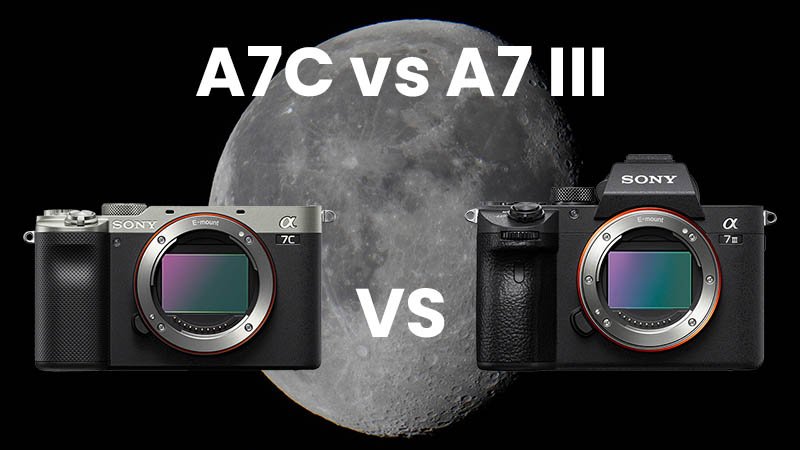
The Japanese brand is consistent in releasing cameras that have a core range of features – made successful from the a7III, and trickles them into newer models like the Sony a7c.
In their mind each model fits a different target demographic and use case, which is certainly the case when it comes to the comparison of these two cameras.
Most of the functionality is the same, however it’s the style of camera that is the main difference. One is a traditional DSLR style with a central viewfinder, whereas the a7c adopts more of a rangefinder style.
In this article we’ll compare the key differences between the Sony a7c and the Sony a7III.
Below is a short list of the key features that they share in common:
- Sony E Mount
- 24MP Megapixels
- Full frame BSI-CMOS Sensor
- Sensor-shift Image Stabilization
- ISO 100 – 51200
- Expandable ISO range ISO 50 – 204800
- 4K (UHD) – 3840 x 2160 Video
- 120fps Slow Motion
- 10 fps Continuous Shooting
- 3″ Fully articulated Screen
- 2.36M Dot Electronic viewfinder
- Built-in Wireless Transfer
- Same NP-FZ100 Battery
Key Specification Comparison
| Specification | Sony A7C | Sony A7 III |
|---|---|---|
| Sensor | 24.2MP 35mm full frame, back-illuminated Exmor R CMOS Sensor | 24.2MP 35mm full frame, back-illuminated Exmor R CMOS Sensor |
| Processor | BIONZ X | BIONZ X |
| Dynamic Range | 15 Stops | 15 Stops |
| ISO Sensitivity | Still images: ISO 100-51200 (ISO numbers up from ISO 50 to ISO 204800 can be set as expanded ISO range.), AUTO (ISO 100-12800, selectable lower limit and upper limit), Movies: ISO 100-51200 equivalent (ISO numbers up ISO 102400 can be set as expanded ISO range), AUTO (ISO 100-12800, selectable lower limit and upper limit) | Still images: ISO 100-51200 (ISO numbers up from ISO 50 to ISO 204800 can be set as expanded ISO range.), AUTO (ISO 100-12800, selectable lower limit and upper limit), Movies: ISO 100-51200 equivalent (ISO numbers up ISO 102400 can be set as expanded ISO range), AUTO (ISO 100-12800, selectable lower limit and upper limit) |
| Frames Per Second | 10 FPS | 10 FPS |
| Autofocus Points | 35mm full frame: 693 points (phase-detection AF), APS-C mode with full frame lens: 299 points (phase-detection AF), with APS-C lens: 221 points (phase-detection AF) / 425 points (contrast-detection AF | 35mm full frame: 693 points (phase-detection AF), APS-C mode with full frame lens: 299 points (phase-detection AF), with APS-C lens: 221 points (phase-detection AF) / 425 points (contrast-detection AF) |
| Eye Autofocus | Humans, Animals (mammals) | Humans, Animals (mammals) |
| Stabilization (IBIS) | 5-axis (5-stops) | 5-axis (5-stops) |
| Video Resolution Max | 4K / 30p | 4K / 30p |
| Recording Formats | XAVC S, AVCHD | XAVC S, AVCHD |
| Picture Profiles | Yes (Off / PP1-PP10) Parameters: Black level, Gamma (Movie, Still, Cine1-4, ITU709, ITU709 [800%], S-Log2, S-Log3, HLG, HLG1-3), Black Gamma, Knee, Color Mode, Saturation, Color Phase, Color Depth, Detail, Copy, Reset | Yes (Off / PP1-PP10) Parameters: Black level, Gamma (Movie, Still, Cine1-4, ITU709, ITU709 [800%], S-Log2, S-Log3, HLG, HLG1-3), Black Gamma, Knee, Color Mode, Saturation, Color Phase, Color Depth, Detail, Copy, Reset |
| Electronic Viewfinder (EVF) | 2,359,296 dots | 2,360,000 dots |
| Display (LCD) | 921,600k dots, rotating 176° horizontally and 270° vertically | 921,600k dots, adjustable up by approx. 107 degrees, down by approx. 41 degrees. |
| Image Buffer | JPEG Extra fine L: 215 frames, JPEG Fine L: 223 frames, JPEG Standard L: approx. 233 frames, RAW: 115 frames, RAW & JPG: 86 frames, RAW (Uncompressed): 45 frames, RAW (Uncompressed) & JPG: 39 frames | JPEG Extra fine L: 163 frames, JPEG Fine L: 172 frames, JPEG Standard L: approx. 177 frames, RAW: 89 frames, RAW & JPG: 79 frames, RAW (Uncompressed): 40 frames, RAW (Uncompressed) & JPG: 36 frames |
| Shutter Speed | 1/8000 to 30 sec | 1/8000 to 30 sec |
| Memory Card Slots | Slot for SD (UHS-I/II compliant) memory card SD memory card, SDHC memory card (UHS-I/II compliant), SDXC memory card (UHS-I/II compliant) | SLOT1: Multi slot for SD (UHS-I/II compliant) memory card/CFexpress Type A card, SLOT2: Multi slot for SD (UHS-I/II compliant) memory card/CFexpress Type A card SD memory card, SDHC memory card (UHS-I/II compliant), SDXC memory card (UHS-I/II compliant), CFexpress Type A memory card |
| Wireless | Wireless 5GHz/2.4GHz | Wireless 5GHz/2.4GHz |
| Battery Life Stills | Approx. 680 shots (Viewfinder) / approx. 740 shots (LCD monitor) (CIPA standard) | Approx. 510 shots (Viewfinder) / Approx. 600 shots (LCD monitor) (CIPA standard) |
| Weight | Approx. 509 g / Approx. 1lb 2.0 oz (Body Only: Approx. 424 g / Approx. 0 lb 15.0 oz) | Approx. 650 g / 1lb 7.0 oz |
| Price (MRRP) | $1,998.00 / £1,699.00 |
Sensor and Processor
Both the a7III and a7c cameras feature the same 35mm full-frame 24.2MP, back-illuminated Exmor R CMOS Sensor and BIONZ X Processor. So in comparison, you can expect the exact same results.
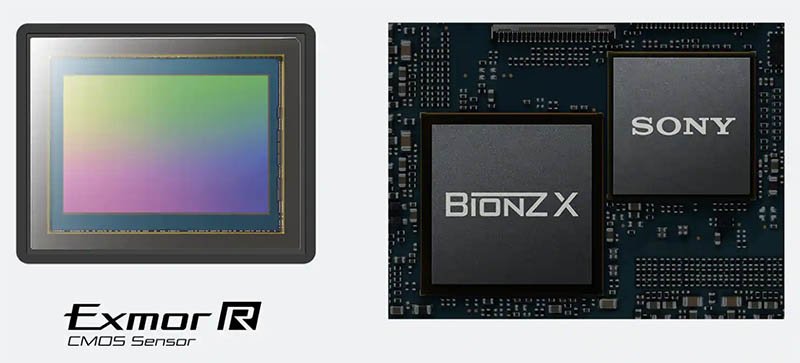
If you want to go into the fine detail and take DxO’s scores at their word, the a7III has a slight advantage when scoring points for sports in a low-light setting.
This could be due to something as small as the wiring configuration in the camera that accounts for an extra point above what the a7C offers.
For the non-pixel peepers out there, you will not notice any difference in image quality.
Shutter
This is where we start to see a difference between these two popular cameras.
The Sony a7III has a faster shutter speed of 1/8000 over the trailing 1/4000 of a second on the Sony a7c.
This can make a big difference for portrait photographers if they use a lens with a wide open aperture in bright conditions.
Otherwise, the main benefit will come to sports and wildlife photographers as the ability to freeze motion at a faster speed has its benefits in helping capture that once-in-a-lifetime moment.
Drive Speed and Buffer
Considering the difference in release times, technology has its advancement in the form of a better buffer on the a7c.
Although, the extended time between the releases hasn’t helped increase the frame rate of the mechanical shutter beyond 10 frames per second.
It would have been nice to see this expand to 12 frames per second, which in our mind could have expanded the use case of this camera to dedicated macro shooters – hopefully, soon, Sony will adopt this on the Mark II version of the a7c.
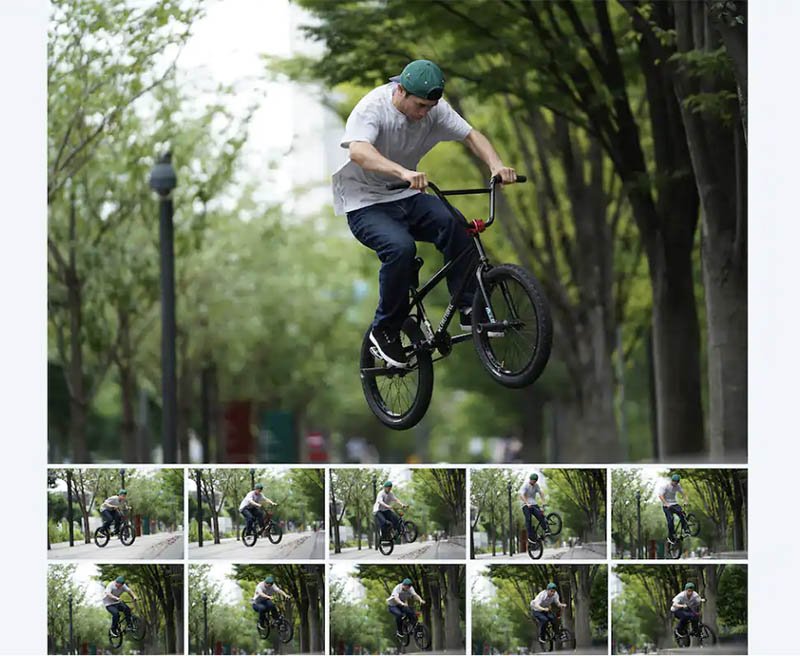
Turning our attention to the buffer and the a7c has some tricks up its sleeve. Possibly the most impressive stat realized is the camera’s ability to capture an additional five uncompressed RAW images totalling 45 frames.
These extra five photos can be handy when trying to capture that elusive shot in the field.
Alternatively, if you prefer to shoot JPEG and RAW, you’ll squeeze an extra three photos, or JPEGs in a standard size increase the gap to 233 on the a7c compared with the Sony a7III’s 177 frames.
Autofocus
Both cameras feature 693 phase detect AF points inherited from the a9. In addition to Real-time Tracking and Eye AF (human) when recording video, the a7C’s AF system has been improved over the a7III.
The eye AF support on the a7C is impressive, tracking the subject’s eye around the frame even when the subject is moving rapidly.
The Sony a7C’s Focus Area options include the following different modes:
- Flexible Spot with small, medium or a large point that’s selectable.
- Expand Flexible Spot which uses surrounding focus points as a secondary priority area for focusing.
- Center
- Zone that includes nine large selectable AF areas, or
- Wide that has all points active
When using the EVF, the touch-and-drag feature on the rear LCD makes it easy to select AF points/areas, even without a joystick.
The a7C will focus down to EV -4 with an f/2 lens, making it ideal for wedding photographers or anyone shooting in low-light environments.
On board the camera, you’ll find a focus assist light in assisting in complete darkness; however, it is something other than what you should rely on as it can be a bit hit and miss – rather, opt for a greater ISO and available light.
In saying this, on either of the cameras, the OLED EVF is remarkable at amplifying vision directed from the image sensor, so astrophotography users and low-light shooters should find it easy to navigate the focus in difficult lighting environments.
In terms of face and animal recognition, both the a7III and a7c are smart but not as intelligent as some of Sony’s newer cameras such as the a7 IV or a7R V.
Video
When putting these cameras side by side, discussing the video quality and settings is important. Fortunately, Sony opted to make the a7c very enticing for vloggers, with a large feature set of video finding its way from the a7III and higher-end Sony a7s III mirrorless camera.
Examples include vertical video recording, live streaming, and dual NTSC and PAL recording without reformatting the card.
A new blue peaking colour, no recording time limits, and dual NTSC/PAL recording on one memory card are also included so filmmakers can explore longer recording times while experimenting with different codecs.
Functionally has also seen an improvement in the a7c’s design. Rather than position the record button in a frustrating spot, it’s been replicated from the rear-shoulder orientation, making recording a breeze when shooting run-and-gun style.
There’s also the inclusion of a much-needed 3.5mm microphone jack, making mic compatibility a breeze when using either camera in a rig of camera setup.
When using Slow & Quick Motion mode, both camera capture frames at speeds ranging from 1 frame per second to 120 frames per second in NTSC (1 frame per second to 100 frames per second in PAL).
Using the XAVC-S format, the A7c and A7 III are capable of recording 4K UHD video at 30 frames per second with 4:2:0 colour depth using the inserted memory card or 4:2:2 colour depth over HDMI for recording to compatible third-party recorders such as the Atomos Ninja V.
Codecs include the following list across both models, all at different frame rates.
4K Mode
- XAVC S 4K (3840 x 2160px): 30/25/24p at either 60 or 100 Mbps
Full HD Modes
- XAVC S HD (1920 x 1080px) at either 120/100p at 60 or 100 Mbps, 60/50/30/25/24p at 50 Mbps
- AVCHD (1920 x 1080): 60/50i at either 17 or 24 Mbps, 60/50p at 28 Mbps, 24/25p at 17 or 24 Mbps
- MP4 (1920 x 1080) or (1280 x 720) at either 60/50p at 28 Mbps, 30/25p at 6 or 16 Mbps
One major difference comes down to how videos are saved. a7 III users will be thankful for the dual memory card slots, which both support the ability to record 4K footage.
Whereas the a7c only adopts a single card slot, making it less versatile when on longer shoots.
Camera Body and Controls
The button, LCD, and EVF setup for both cameras are different as both cameras cater to different customers.
For the a7III shooter, consider this camera for stills shooting and higher-end video production.
On the other hand, the Sony a7c sits comfortably as an ideal solution for vloggers and enthusiast photographers who enjoy travel and street photography (hence the rangefinder-style).
The Sony a7III weighs approximately 1.45 pounds, while the Sony a7c is a lighter, more compact version of the same camera that weighs around 1.2 pounds.
The dimensions of the a7III are 5.0 x 3.8 x 2.9 inches, while the dimensions of the a7c are 4.6 x 2.8 x 2.4 inches.
So, overall, the a7c is about 20% smaller and 12% lighter than the a7III.
Sony A7C
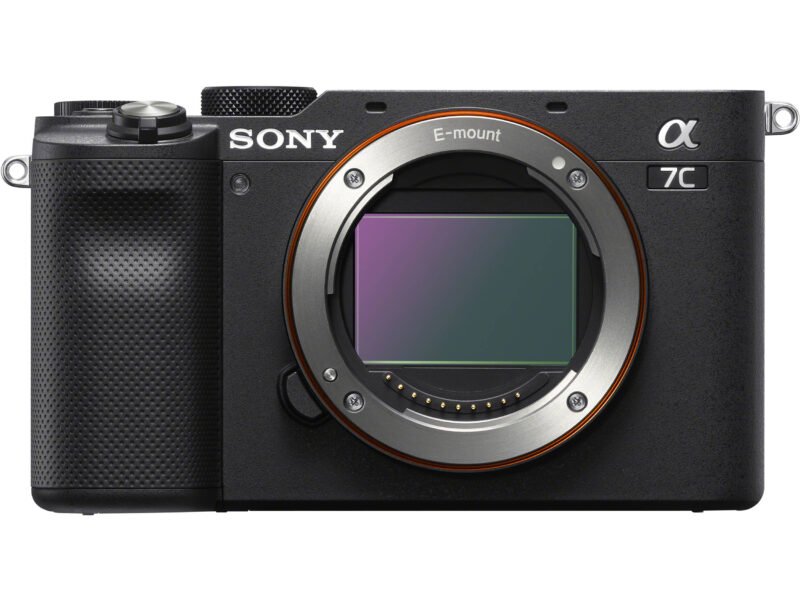
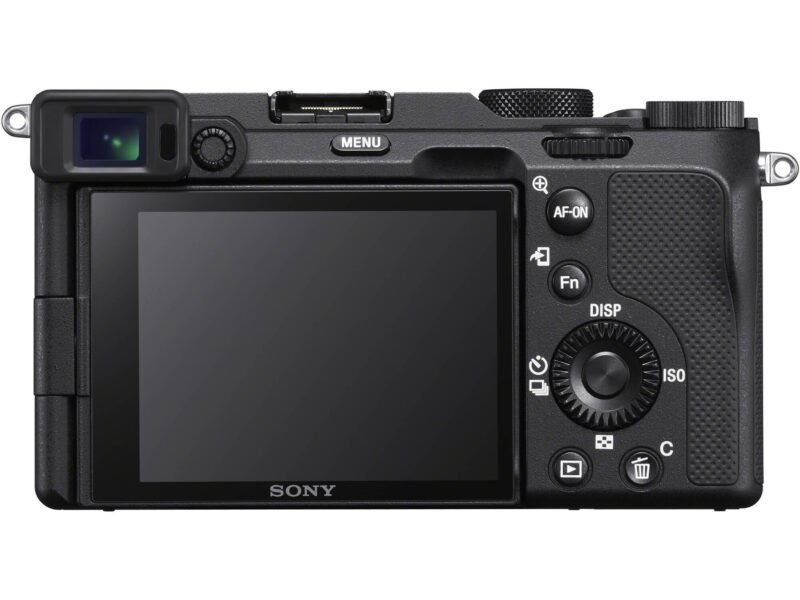
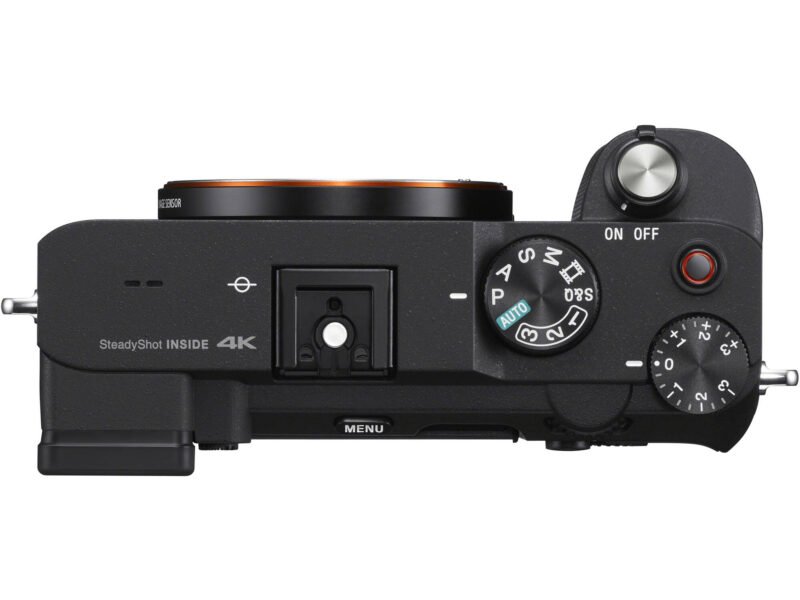
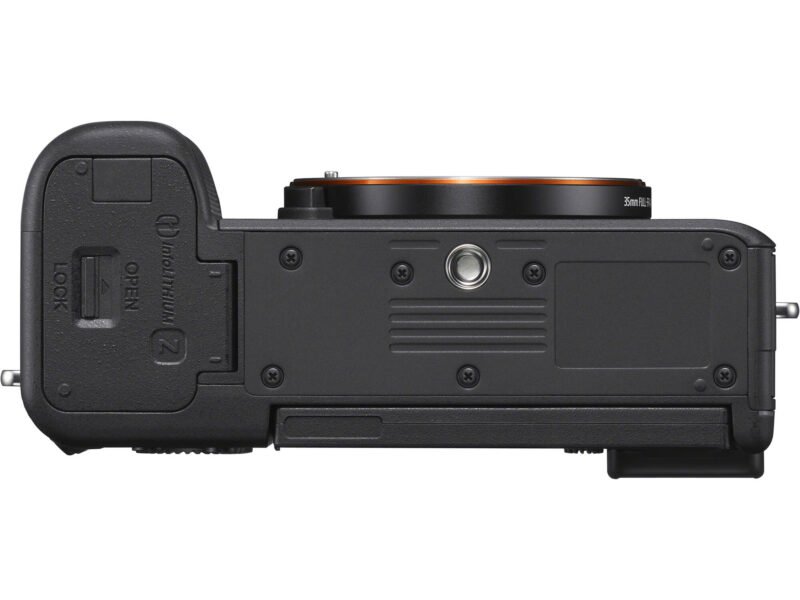
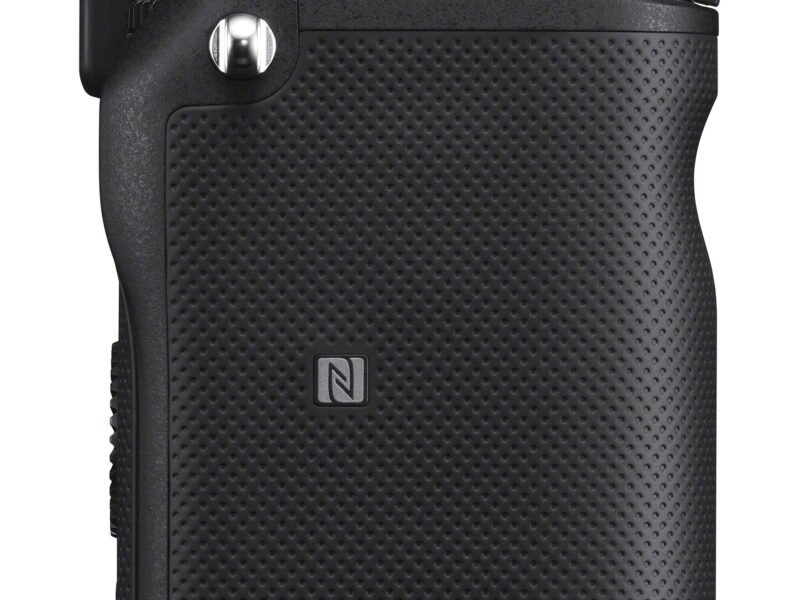
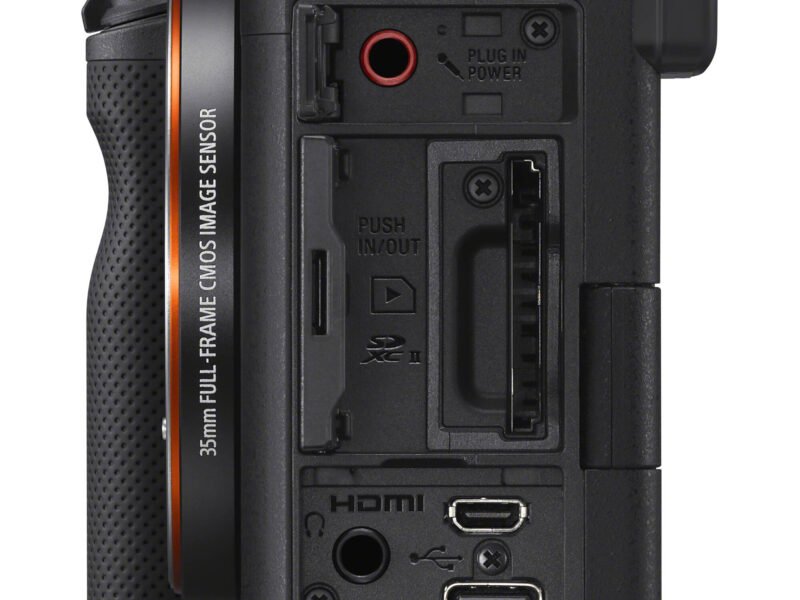
Sony A7 III
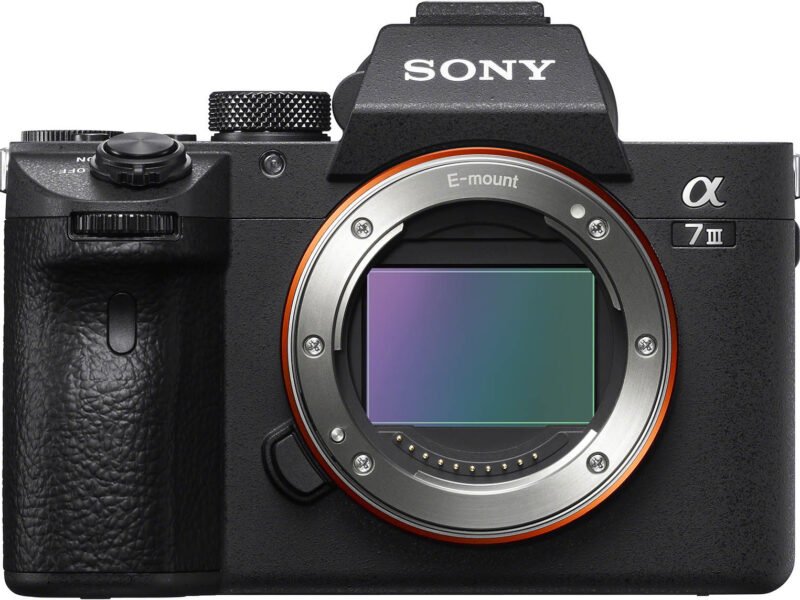
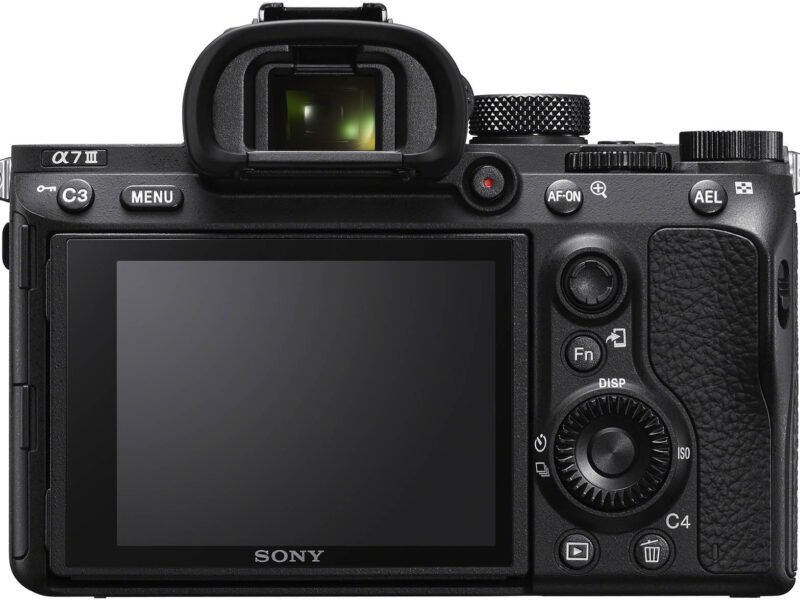
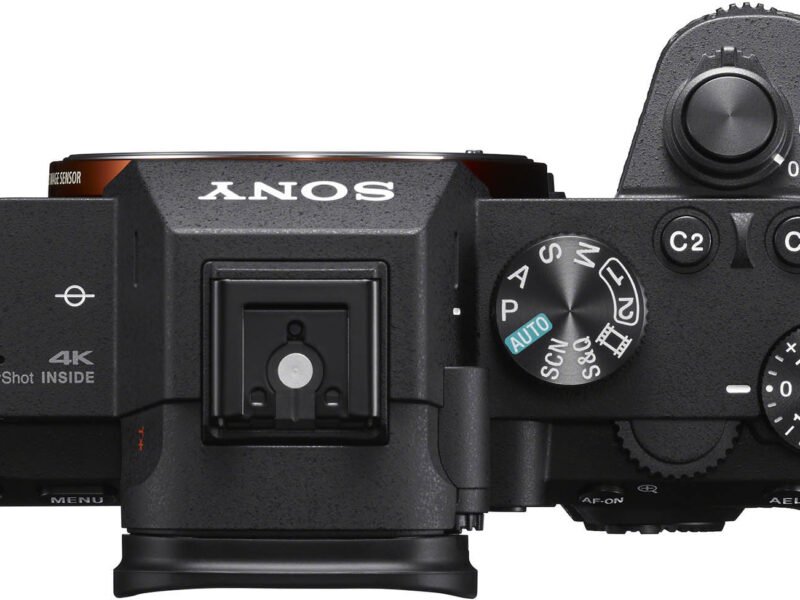
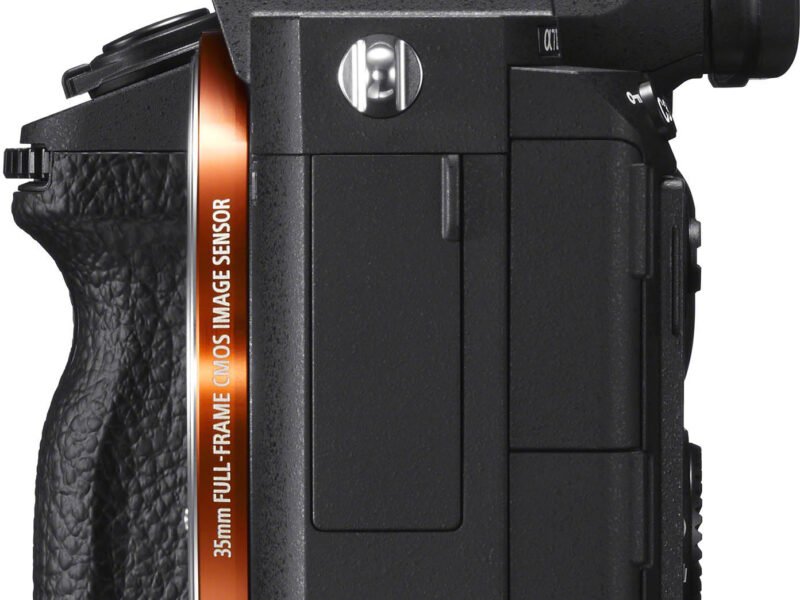

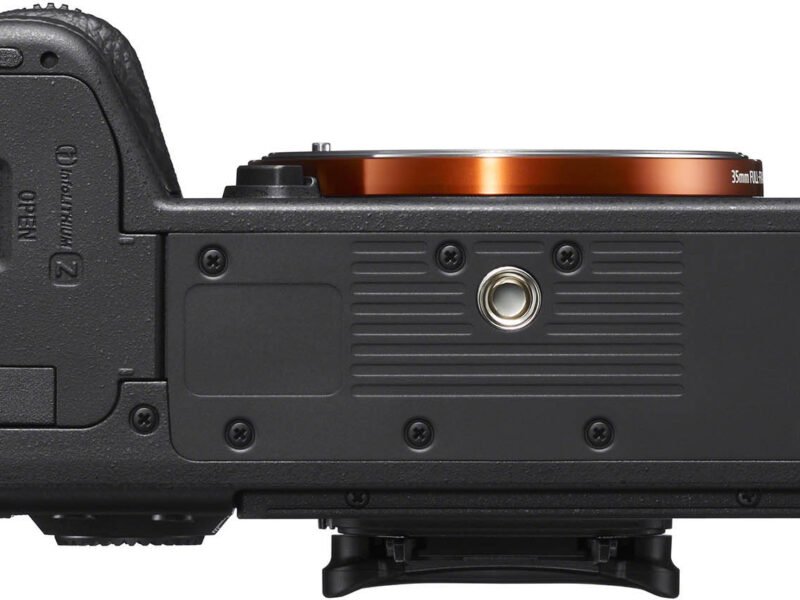
The position of the 0.39″ 2.36m dot XGA OLED EVF to the side of the a7C is intentional with street and documentary photographers in mind. Although it has the same resolution as the Sony a7III’s EVF, users will find it smaller when holding it against their eye. This may take some getting used to, but their upside is that you will see a higher pixel density, attributing to a cleaner image.
Both LCD displays feature 921,600k dots but the a7C is able to rotate 176° horizontally and 270° vertically. The a7III’s LCD is only adjustable up by approx. 107 degrees and down by approx. 41 degrees.
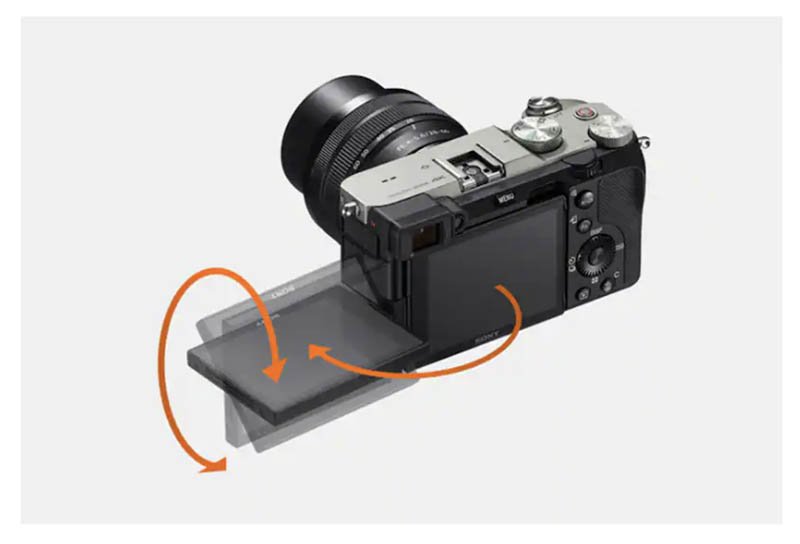
Button configuration on the cameras varies slightly. The Playback and Delete / Custom buttons remain in their normal positions on the camera’s back. The Sony a7c’s only semi-dedicated custom button is located here.
The top of both cameras is different enough to physically see variation between the modes. For instance, the a7c adopts a simple strategy with minimal dials and buttons. You’ll find the main mode dial, exposure compensation dial, dedicated video recording button and an on/off switch. The a7III goes a step further to include a locking exposure compensation dial, an additional custom function button and a jog control dial for custom functions such as shutter or aperture control.
If you have larger hands, you may find the a7c frustrating when finding a position for your thumb. The a7III includes enough room on the back of the camera in comparison. From here, it’s only a short distance to the rear function button, a gateway into common camera settings for both stills and video.
The main advantage of the Sony a7c’s smaller body is that it can easily fit into a small pocket or bag insert. There’s no middle camera bump to contend with; travelling with this camera for vloggers could be favourable.
The a7III does feature a handy joystick that has been removed from the Sony a7C, along with the AEL button. The joystick is something pros will be accustomed to, compared to the navigation dials for enthusiasts. The AF-ON button is now located below the joystick on the a7III, while the menu button is now above the viewfinder.
Flash Sync Speed & External Control
There isn’t any difference between the flash operation on the Sony a7c and Sony a7III cameras.
Both cameras can adopt a System Flash compatible with the lockable Multi Interface Shoe found on top of the cameras.
Flash modes are standard to Sony cameras, including; Available with Fill-flash, Slow Sync., and Hi-speed sync. / Radio signal: Available with Fill-flash, Rear Sync, Slow Sync, and Hi-speed sync. Up to a +/- 3.0 Exposure Value in each mode is selectable in 1/3 and 1/2 EV steps.
Summary
These two cameras are both bound to have user adoption, given their unique body configurations. For example, professionals will likely find themselves more familiar with the button layout on the Sony a7III, whereas a7c users may only receive applause from entry-level to enthusiast users who rely on a smartphone but require a higher pixel count with more zoom.
In our opinion, the Sony a7III is the better camera of the two. The main things that separate this decision include the 1/8000 shutter speed over the 1/4000 of a second speed on the a7c. There’s also a slight difference in colour depth (25 bits vs 14 bits), which was brought to our attention from DXO’s testing, where the a7III’s comparison was 1.79x better in colour depth – even though these cameras use the same sensor and processor.
Outside of this small difference, if you are likely to fall into the professional working category, then there’s no doubt the dual memory card slots on the Sony a7III will be a welcome asset. Wedding and commercial photographers rely on this necessity to ensure a complete backup solution when photographing moments they can’t replicate (or that may see them being sued for missing the shot). On the other hand, if you just prefer being in the moment and uploading once a day or at the end of each shoot, then the a7c will be a good contender.
So, in summary, the a7III is best for professionals covering either of the following genres; wedding, commercial, sports, wildlife, or editorial. Portraits and filmmaking. Based on the configuration of the Sony a7c, we would recommend the camera for vlogging, street, travel or documentary photography.

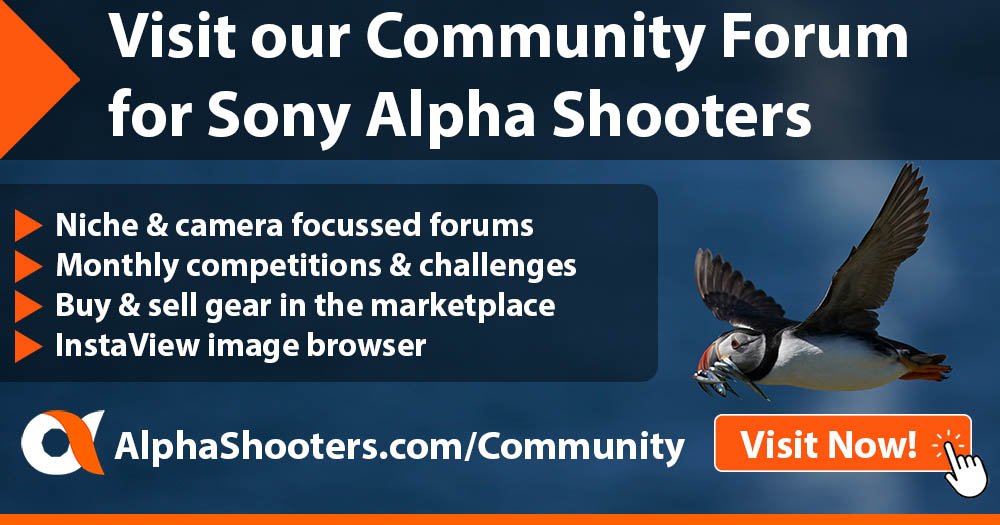
Leave a Reply